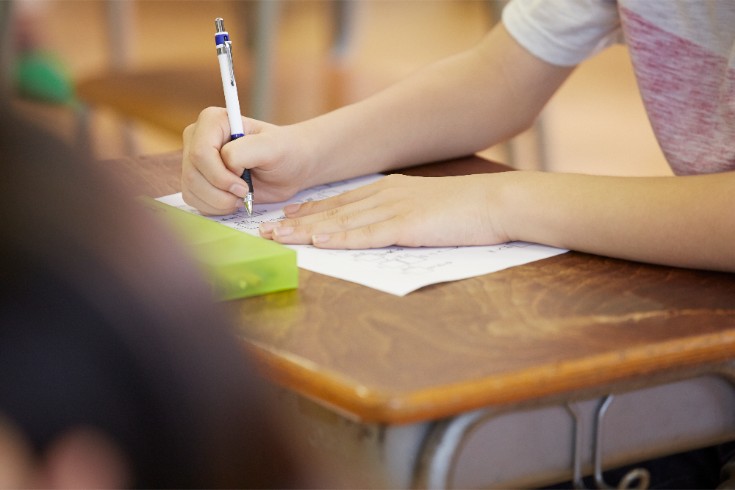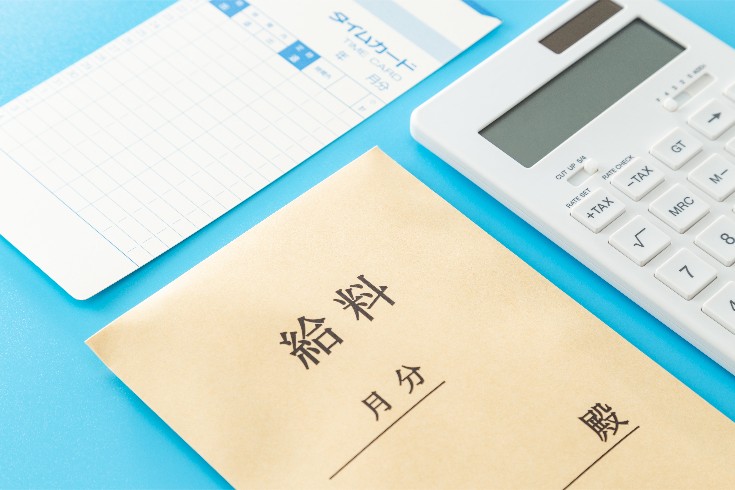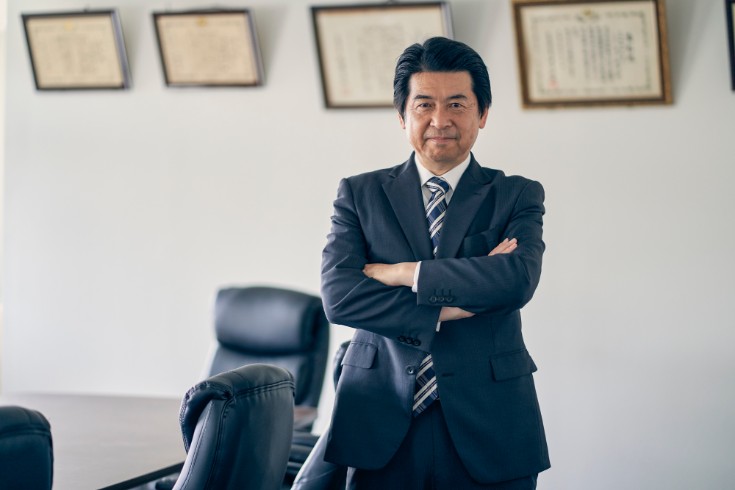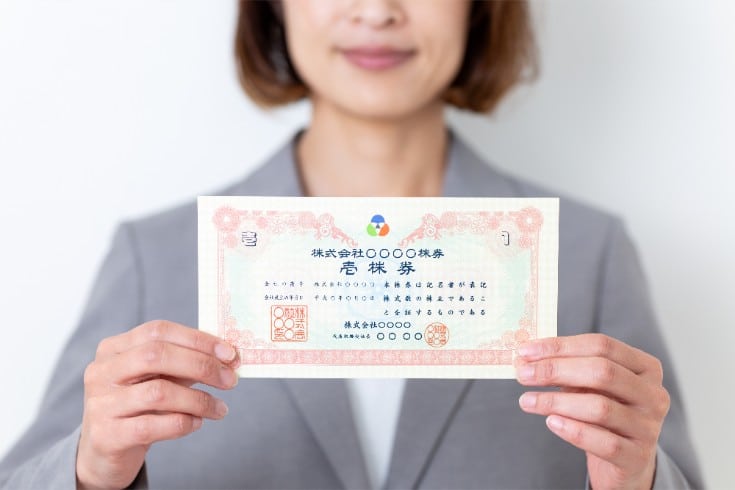Limitations of Rights under Japanese Copyright Law: Exception Provisions for Fair Use

The Copyright Law of Japan, as stated in its first article, sets forth the purpose of the law. This purpose encompasses two aspects. The first is to protect the rights of authors and performers related to works, performances, and recordings. The second is to pay attention to the fair use of these cultural products. Through the harmony of these two objectives, contributing to the development of culture is the fundamental philosophy of Japanese Copyright Law. To achieve this balance, the law grants exclusive rights to authors, such as the right to reproduce and perform, while also establishing provisions for ‘limitations on copyright’ that allow the use of copyrighted works without the holder’s consent under specific circumstances. These limitation provisions are detailed from Article 30 to Article 50 of the Japanese Copyright Law. They play a crucial role in ensuring the smooth use of copyrighted works for the benefit of society as a whole. However, these exceptions are not granted unconditionally; each comes with strict requirements. This article will explain the main copyright limitation provisions relevant to corporate activities and organizational management, such as use for educational purposes, non-profit performances, and quotations, based on Japanese statutes and case law, with a focus on their specific content and points of caution in application.
Utilization of Copyrighted Works in the Field of Education Under Japanese Law
Japanese copyright law, recognizing the importance of education, provides several exceptions for the use of copyrighted works within educational institutions. These exceptions aim to facilitate the smooth utilization of necessary information and materials in educational settings, but their scope and conditions are strictly defined.
Inclusion in Textbooks and Educational Materials
Article 33 of the Japanese Copyright Law permits the inclusion of published works in textbooks to the extent deemed necessary for educational purposes. This provision ensures that a diverse range of high-quality copyrighted works can be utilized in textbooks, which are fundamental to education from primary to higher education levels. However, this does not grant the right to use these works for free. Those who wish to include copyrighted works in textbooks must notify the authors and pay them compensation, which is determined annually by the Commissioner of the Agency for Cultural Affairs. Additionally, under related provisions, Article 33-3 of the Japanese Copyright Law allows for the reproduction of textbooks with enlarged text (enlarged educational books) for students with visual impairments or other disabilities. In this case, compensation is also required when distributing the materials for profit.
Reproduction and Related Rights at Schools and Other Educational Institutions Under Japanese Law
Article 35 of the Japanese Copyright Law targets a wide range of educational activities. This provision allows for the reproduction or public transmission (such as online classes) of published works to the extent deemed necessary by those in charge of education and those receiving education at schools and other educational institutions, for the purpose of use in the course of instruction.
Several important requirements must be met for this provision to apply. Firstly, the user must be a ‘school or other educational institution not established for profit.’ This includes kindergartens, elementary, middle, and high schools, universities, etc., but does not include corporate training facilities or for-profit tutoring schools. Secondly, the use must be ‘within the limits deemed necessary in the course of instruction’ and must ‘not unjustly harm the interests of the copyright holder.’ For example, reproducing and distributing entire workbooks or problem sets that are intended for students to purchase as part of a class would be considered to harm the copyright holder’s market interests and thus fall outside the scope of this provision.
The handling of compensation fees is also crucial. While no compensation fee is required for reproducing materials for face-to-face instruction, if public transmission is conducted over the internet for remote instruction, the educational institution’s operator must pay a compensation fee to the designated management organization (SARTRAS).
There is a particularly important point that companies should be aware of regarding the scope of Article 35. In-house employee training conducted by a company is not covered by this provision. A company is a profit-oriented organization, and training conducted as part of its activities does not meet the requirement of being an ‘educational institution not established for profit’ as defined by Article 35 of the Japanese Copyright Law. Therefore, copying chapters from commercially available books for training materials or posting expert articles on the intranet without permission could very likely constitute copyright infringement.
Comparison of Educational Use Provisions Under Japanese Copyright Law
Articles 33 and 35 of the Japanese Copyright Law both permit the use of copyrighted works for educational purposes, but they have different objectives and requirements. Article 33 is a provision for the inclusion of copyrighted works in public ‘textbooks,’ primarily used by textbook publishers. This requires the payment of compensation as determined by the Commissioner of the Agency for Cultural Affairs. On the other hand, Article 35 is a provision for the use of copyrighted works by teachers and students in the daily activities of ‘classroom teaching.’ For this, reproduction in face-to-face teaching is free of charge, but compensation is required for public transmission during online classes, with different treatments depending on the mode of use. Understanding the differences between the two is essential for the lawful use of copyrighted works in educational settings.
The following table summarizes a comparison of the copyright exception provisions for educational purposes.
| Article | Main Purpose | User | Permitted Acts | Compensation |
|---|---|---|---|---|
| Japanese Copyright Law Article 33 | To create textbooks for school education | Textbook publishers | Inclusion of copyrighted works in textbooks | Required (paid to copyright holders) |
| Japanese Copyright Law Article 35 | For use in the course of teaching | Teachers and students of non-profit educational institutions | Reproduction, public transmission, communication to the public | Not required for reproduction. Required for public transmission |
Non-Profit Performances and Presentations Under Japanese Copyright Law
Article 38, Paragraph 1 of the Japanese Copyright Law allows for the public performance, playing, screening, or recitation of a published work without the author’s permission under specific conditions. This provision aims to promote activities that contribute to the public interest, such as cultural activities in local communities and events organized by non-profit organizations.
To qualify for this exception, all three of the following requirements must be met:
- The activity must not be for profit (non-profit).
- No charges are to be collected from the audience (free of charge).
- No remuneration is to be paid to the performers or presenters (unpaid).
These requirements are strictly interpreted. If even one is not met, the exemption provided by this provision cannot be applied. For example, even if admission is free, if performers are paid an honorarium, the third requirement is not met, and the author’s permission is required. Furthermore, this provision is limited to acts of performance and screening, and does not cover the reproduction and distribution of works or their transmission over the internet.
In corporate activities, the interpretation of the ‘non-profit’ requirement is particularly important. An act that appears non-profit at first glance may be deemed ‘for profit’ if it indirectly contributes to the company’s benefits. On this point, Japanese courts have made an important decision regarding the playing of background music (BGM) in stores. The store may argue that it is non-profit because it does not directly charge customers for the music. However, the court has ruled that using music to improve the store’s atmosphere and enhance customers’ willingness to purchase indirectly contributes to increased sales and thus constitutes a for-profit use.
The logic of this judicial decision can be applied to other corporate activities. For instance, consider a company that holds a free movie screening for employees as part of its welfare program. Although there is no direct profit, if the purpose is to boost employee morale and productivity, it may be considered an indirect for-profit purpose, and the application of Article 38 may be denied. Similarly, playing a movie DVD in a company’s lobby for visitors, with the commercial purpose of enhancing the company’s image, would require permission. Thus, the scope of ‘non-profit’ is limited, and companies must exercise careful consideration when relying on this exception provision.
Quotation
Article 32 of the Japanese Copyright Law stipulates that published works may be quoted and utilized, provided that the use is consistent with fair practice and is justified for the purposes of reporting, criticism, research, or other such quotations, within a reasonable scope. This is an important provision that supports the freedom of expression by allowing individuals to reference existing works and develop their own thoughts and opinions.
To be recognized as a lawful quotation, Japanese case law has set forth several criteria. Notably, the standards demonstrated by the Supreme Court in its decision on March 28, 1980 (commonly known as the “Parody Montage Case”) are significant. In this decision, it was required that the quoted portion be clearly distinguished from one’s own work (clarity of distinction) and that one’s own work be the “main” while the quoted portion be “subordinate” (the main-subordinate relationship).
The concept of “quotation” is not limited to the use of text in academic papers or critical articles. It has also been shown to apply to more practical commercial activities, as demonstrated by subsequent case law. A representative example is the decision of the Intellectual Property High Court on October 13, 2010 (commonly known as the “Art Appraisal Document Case”). In this case, an art appraiser’s act of attaching a reduced color copy of a painting to an appraisal document was contested as an infringement of reproduction rights.
While the first instance local court recognized the copyright infringement, the Intellectual Property High Court overturned this decision, ruling that the attachment of the reduced copy to the appraisal document falls under the lawful “quotation” according to Article 32 of the Japanese Copyright Law. The court emphasized that the purpose of attaching the copy was not to appreciate the artwork but to clearly identify the subject of the appraisal and prevent the forgery of the appraisal document. This was deemed a legitimate use within the scope of “research” or “criticism” similar purposes. Furthermore, it was determined that the appraisal document was the “main” and the attached copy of the painting only served a “subordinate” role in identifying the appraisal subject. Additionally, such use was in line with the fair practices of the art appraisal industry, and the circulation of the appraisal document did not harm the copyright holder’s economic interests. This judgment indicates that “quotation” can be applied to commercial activities that partially use works for functional and essential purposes, providing an important precedent for companies engaged in analysis, verification, reporting, and other business operations.
Key Points to Consider When Utilizing Provisions for Limiting Rights Under Japanese Copyright Law
When utilizing provisions for limiting copyright under Japanese Copyright Law, it is necessary to pay attention to several common obligations and constraints in addition to meeting the individual requirements of each article.
Obligation to Indicate Sources
When using copyrighted works based on provisions that limit rights, such as quoting (Article 32) or using for educational purposes (Articles 33 and 35), there is generally an obligation to indicate the source. This is stipulated in Article 48 of the Japanese Copyright Law. The indication of the source must be done in a manner and to an extent that is considered reasonable according to the manner of use of the copyrighted work. Typically, this includes the author’s name and the title of the work. Failure to fulfill this obligation and violating Article 48 of the Copyright Law could result in penalties under Article 122 of the Copyright Law, so caution is necessary.
Relationship with Moral Rights of Authors
One of the most important points to consider is the relationship with the moral rights of authors. Article 50 of the Japanese Copyright Law clearly states that provisions limiting copyright “shall not be interpreted as affecting the moral rights of authors.” Moral rights are rights that protect the personal interests of the author and are treated separately from copyright, which is a property right. These include the right to decide whether to publish an unpublished work (the right of disclosure), the right to decide whether to display a name on the work (the right of attribution), and the right to prevent distortion of the content or title of the work against the author’s will (the right to integrity).
What this provision means is that even if the reproduction or performance of a work is permitted under copyright limitation provisions, it does not allow for unauthorized alterations of the work. While copyright limitations primarily restrict the exercise of property rights, the moral rights, which protect the author’s emotional connection and honor, are generally not restricted. This point was emphasized in the “Parody and Montage Case” judgment, where the act of altering the plaintiff’s photograph by combining it with another image was deemed an infringement of the right to integrity. When companies utilize provisions for limiting rights, such as quoting another company’s report for critique, altering the text of the report in a way that distorts the context, or intentionally omitting parts to change the original meaning, there is a risk of infringing the right to integrity. The boundary between lawful use and infringement of rights must always be kept in mind.
Summary
As outlined in this article, the Japanese Copyright Law strongly protects the rights of authors while also providing exceptions that allow the use of copyrighted works for specific purposes such as education, non-profit activities, and fair use. However, these ‘limitations on copyright’ are strictly limited exceptions, and their application is subject to stringent requirements. In corporate activities, it is important to note that exceptions for educational purposes do not apply to in-house training, the non-profit requirement may be broadly interpreted to include indirect commercial purposes, and the moral rights of authors, especially the right to maintain the integrity of the work, must always be respected. Careful consideration of whether the individual use purpose and manner fully meet the legal requirements is essential to ensure compliance and avoid unnecessary legal disputes.
Monolith Law Office has a proven track record of providing legal advice on complex issues related to Japanese Copyright Law to a multitude of domestic and international clients. Our firm employs several experts who are native English speakers with foreign legal qualifications, enabling us to offer precise support to companies conducting international business to comply with Japanese intellectual property law. If you need consultation on the themes discussed in this article or require specialized support for assessing legal risks in specific cases, please do not hesitate to contact our firm.
Category: General Corporate





















